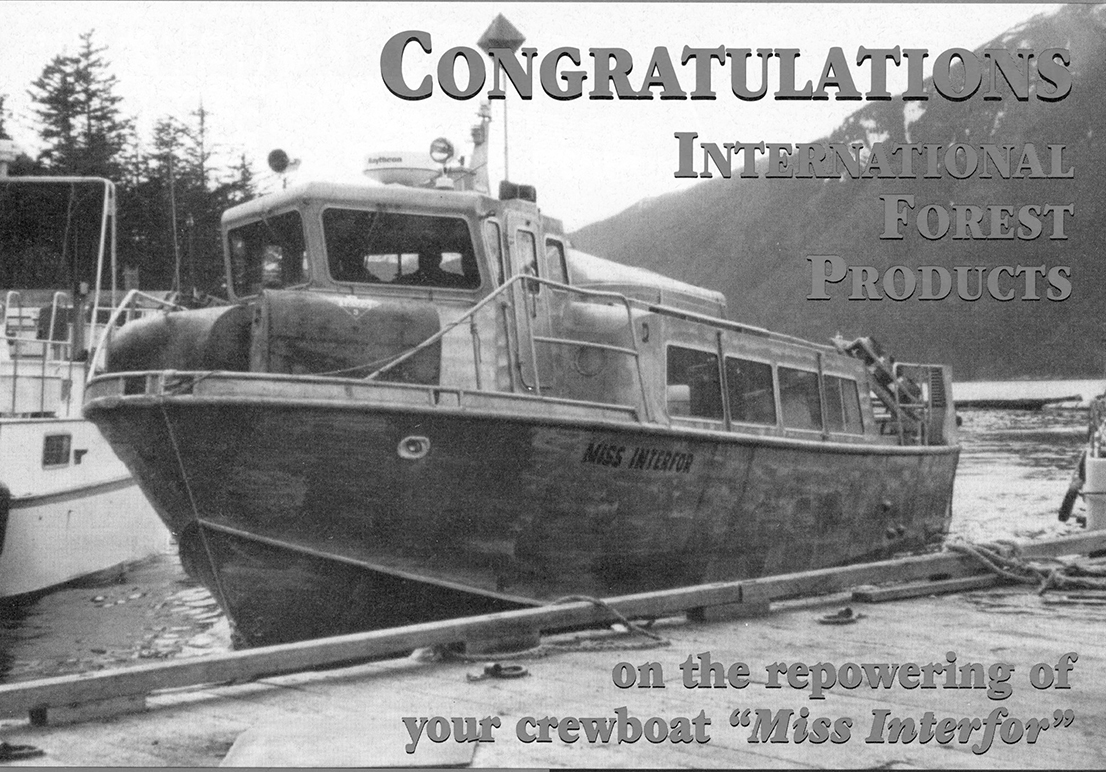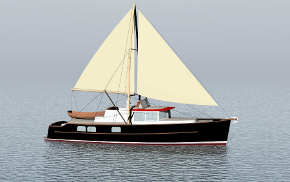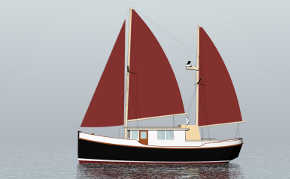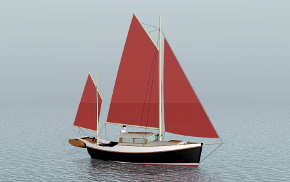LEVIATHAN II and STABILITY ISSUES
Leviathan II was built in 1981 as the CZ-72-112, a fast aluminum crewboat, her name changed at some point to Crown Forest 72-112, and she was rebuilt in 1996 to become the Leviathan. Registered length is 64.5′, beam 15’1″, and depth 5’3″ (this is not draft but depth of hull, deck to keel). 32.58 gross registered tons (this is not displacement). She was built in Vancouver by Rivtow Industries, design speed was 20 knots and power twin 515 kw engines.
Here’s a picture of Leviathan II’s sistership, Miss Interfor, from the back cover of March 1998 Westcoast Mariner Magazine. This was on the occasion of the re-powering of Miss Interfor.

So this is what Leviathan II looked like originally, fast and light with lots of freeboard and the passenger cabin set low in the hull. Stability of this boat would not be an issue.
What’s known about the accident is this Transportation Safety Board Prelim. Report
My understanding is that the vessel was certified for 46 passengers. At the time of the accident there were 24 aboard, along with 3 crew. Stability is assessed in various load cases and the ship must meet requirements in all cases. Usually there is a “worst case”, and often (almost always) it’s the Arrival Condition. This is on return to port with mostly empty tanks but still full passenger load. The assessing NA will distribute passengers over the three (in the Leviathan case) decks until the boat meets requirements. Then the owner will post a sign stating maximum passengers on the upper deck. It’s up to the crew to enforce this. But there is no requirement(that I’m aware of) to assess stability with various partial passenger loads. This is something I’ve long been worried about but I just dealt with it by severely limiting the number of passengers allowed on the upper deck.
Under Canadian regulations stability must also meet minimum requirements after a “passenger heeling load” has been overlaid on the righting arm curve. The passenger heeling load is established by pressing all passengers against one rail and looking at the resultant heel angle. This is deducted from the available righting force and what remains again must meet minimum requirements. But, if there are only half the passengers aboard, and all are on the upper deck, stability is different than what was assessed.
-
External Links
- Sorry, no links have been posted




